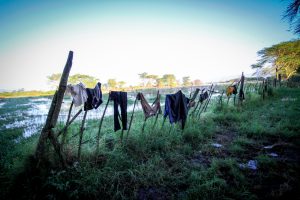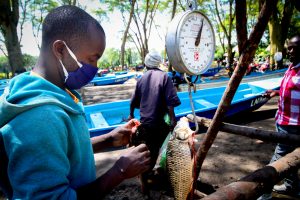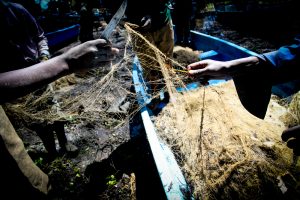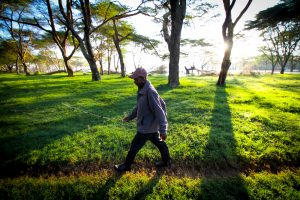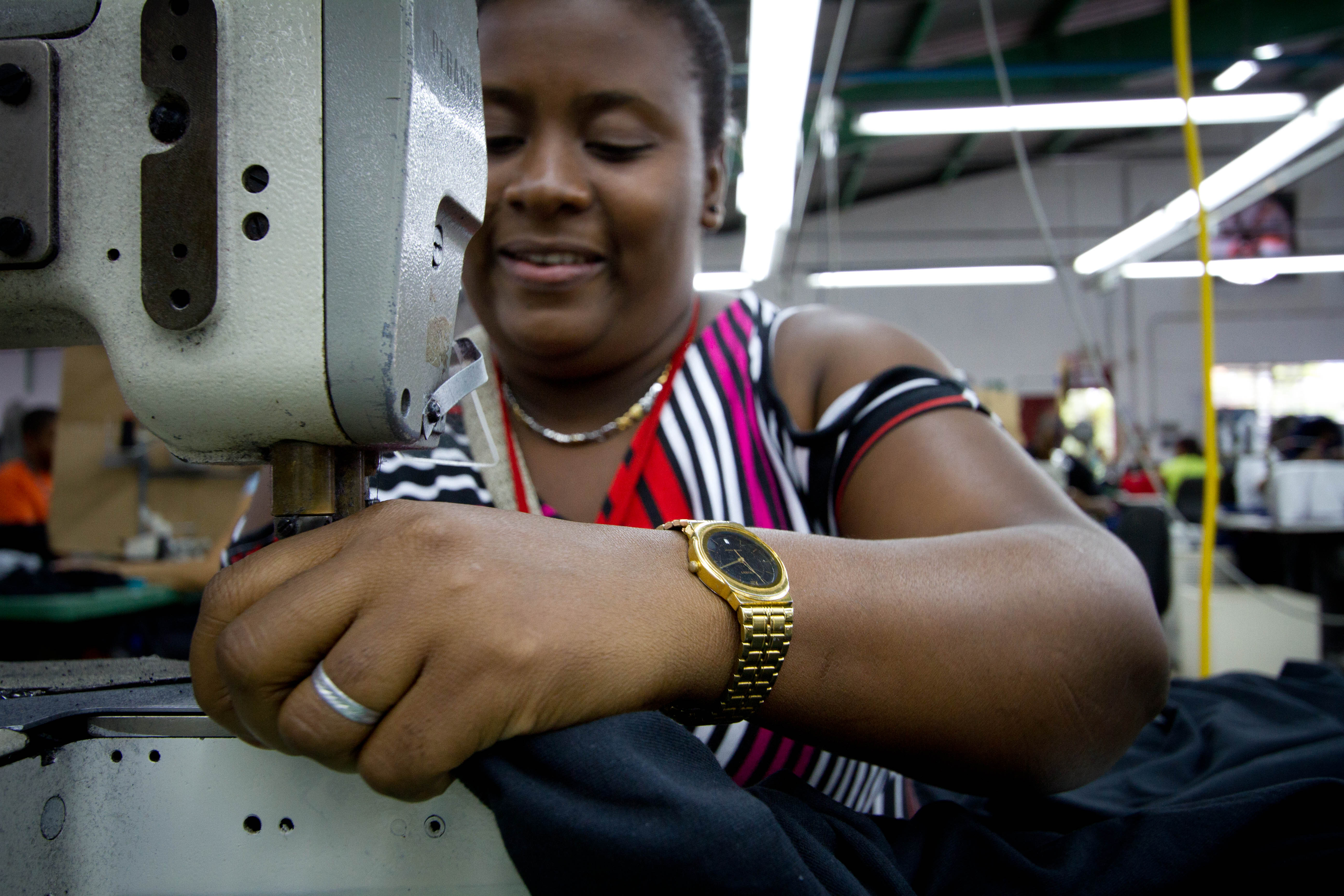The achievement gap between America’s rich kids and poor kids is getting worse—the latter need preschool, too.
This year at Stanford, a professor in the Graduate school of education discovered something startling: Contrary to the assumption that America’s youth, rich or poor, have increasingly egalitarian access to good education, Sean Reardon found education in America is actually becoming more unequal. The achievement gap on standardized test scores between wealthy students and poor ones increased by 40 percent over the last 30 years. This gap continues — or grows even more pronounced —when it comes to college. Reardon found that 15 percent of upper-income American high school graduates in 2004 went on to a ‘highly selective’ four-year college, whereas only 5 percent of middle-income graduates, and 2 percent of low-income graduates did.
A natural reaction by policymakers to this fact is to look for ways to get these qualified, lower-income high school graduates to apply to and enroll in college at higher rates (story on that coming next week). But it turns out this sort of approach is merely patchwork: “The academic gap is widening because rich students are increasingly entering kindergarten much better prepared to succeed in school than middle-class students,” discovered Reardon.
Read the full story as it appeared at Medium.



